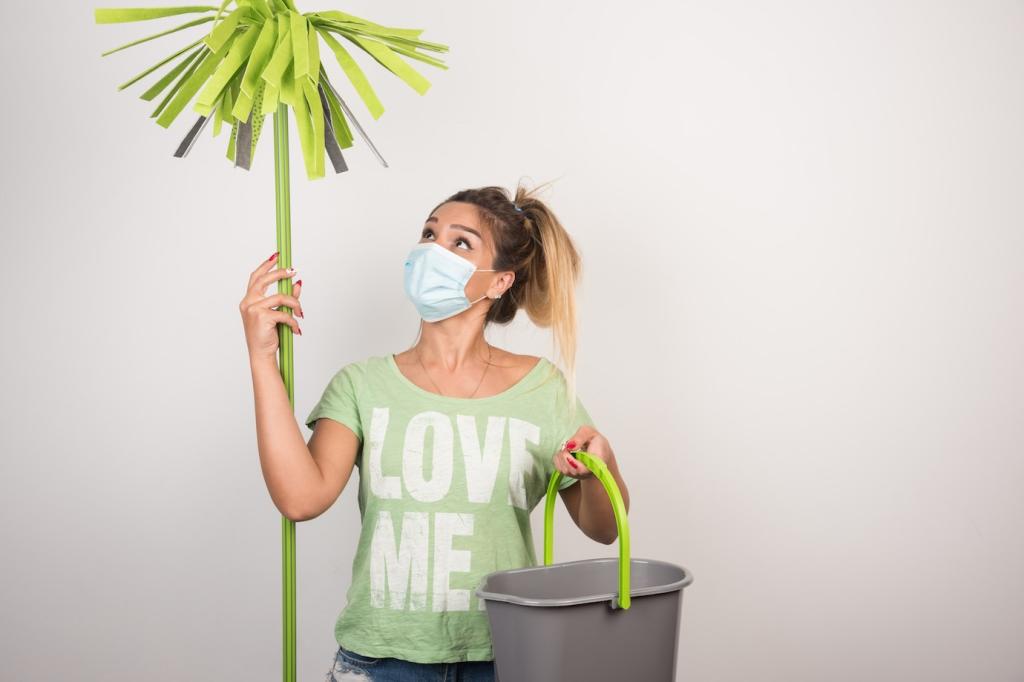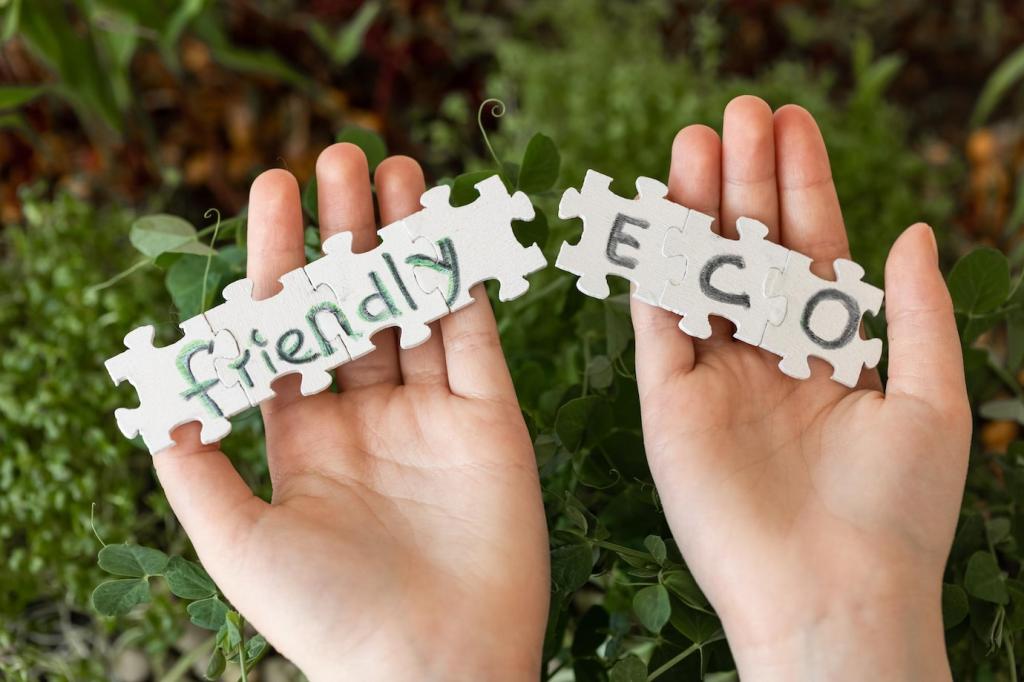Decoding Eco Labels for Furniture‑Safe Cleaners
EPA Safer Choice, EU Ecolabel, and Blue Angel highlight safer chemistry and strong environmental criteria. Pair certifications with material compatibility notes on the label. Found a great certified cleaner for teak or resin wicker? Share the link for others to explore.
Decoding Eco Labels for Furniture‑Safe Cleaners
Seek explicit language like “readily biodegradable (OECD 301)” and time‑bound percentages. Beware of fluffy marketing terms. Snap a photo of the claim, compare with another product, and tell us which one cleaned better without residue on your outdoor tables.




